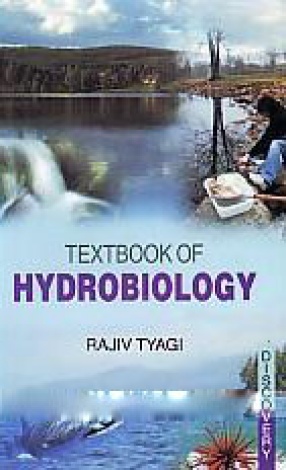
Rajiv Tyagi

Showing all 24 books

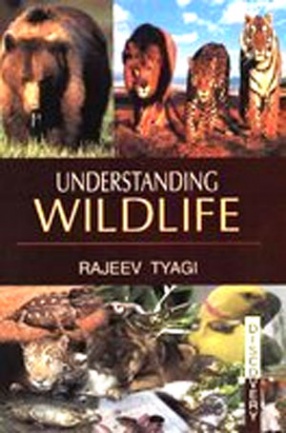
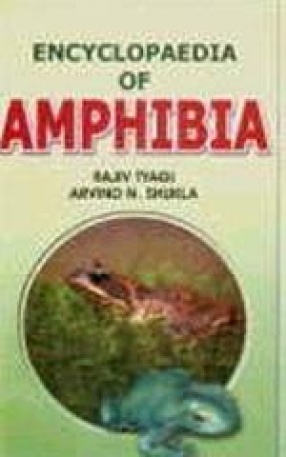
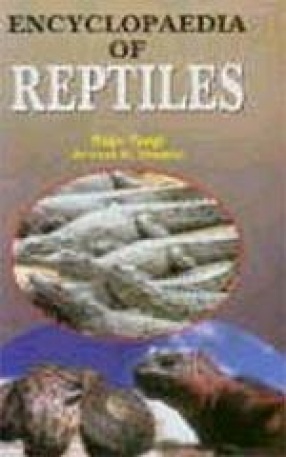
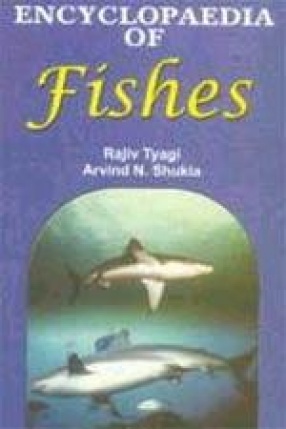
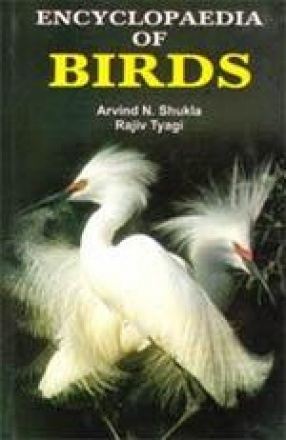
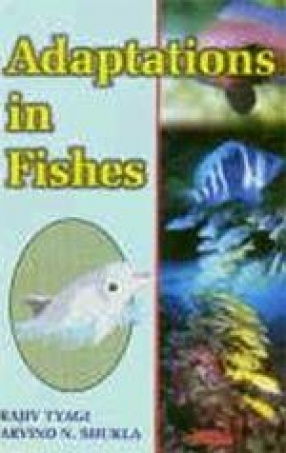
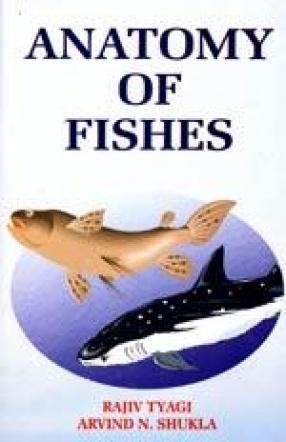
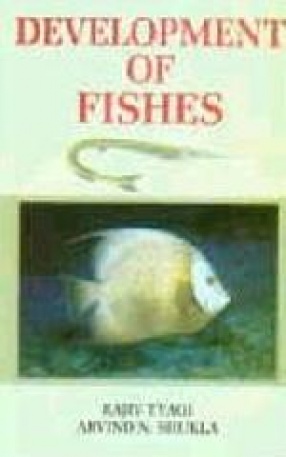
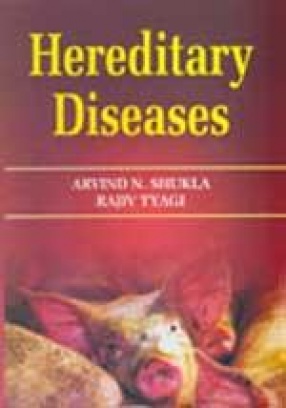
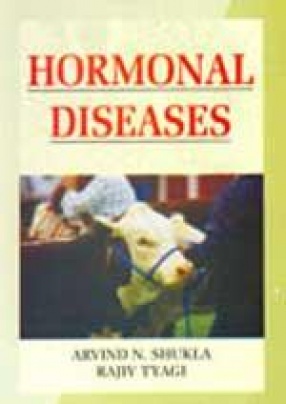
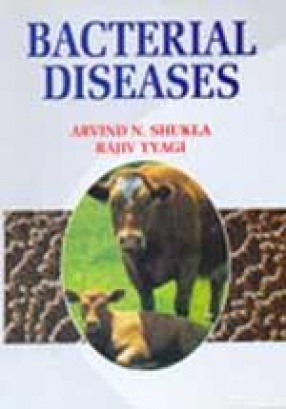



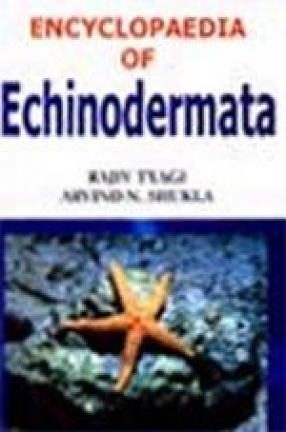
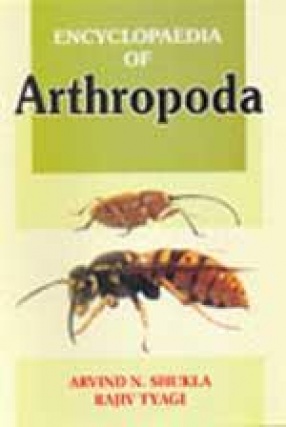

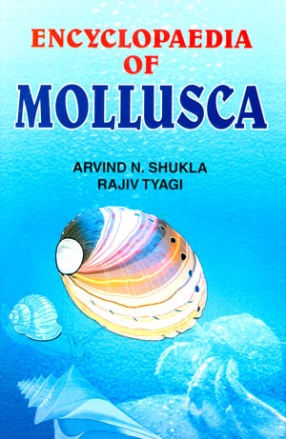

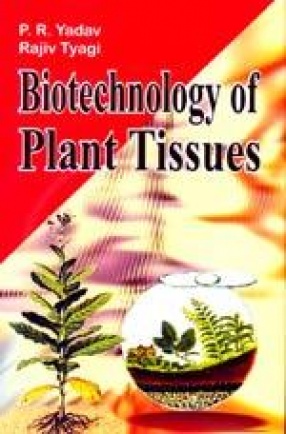




The present title "Understanding Wildlife" has been written for those students interested in careers in diverse fields of biological sciences. It provides a structured approach to learning by covering all the important topics in a uniform, systematic format. The book has been comprehensively designed incorporating recent advances in this fast moving field. It also provides accessible information on plant reproduction in compact form for students in ...

The Amphibians have sprung up from fish-like ancestors and that in turn given rise to reptiles. Thus, Amphibian consequently hold a very important intermediate position. The term Amphibia was coined by Linnaeus although he kept both, the Amphibians as well as some reptiles in this particular class. Later on naturalists and taxonomists put the Amphibians particularly in this class, although the characteristic features of the old Amphibians and those of recent are ...

Reptiles are the first vertebrate adapted for life in dry places on land. Some live near water or in water, but for the breeding purpose and egg laying they return to land. About 275 million years ago, in the early Carboniferous Period primitive amphibians were produced and from them recent amphibians and fully terrestrial animals evolved. The terrestrial stock gave rise to reptiles, birds and mammals (amniotes). Amniotes are those animals whose embroyes are ...

The present encyclopaedic work on fishes is designed to impart latest information in the light of recent developments and researches in the field besides the basic conventional information. This text is designed to approach the morphology, anatomy, physiology and development of the Fishes in a coherent way since it is most natural for a student in studying the architectural elements of an animal body in the quest to know how they function. Profusely illustrated, ...

Of all the animals the birds are the best known and most early recognised. The study of comparative anatomy and of the fossil evidence of ancient life has convinced zoologists that birds are unquestionably descended from reptiles. "Birds are glorified reptiles" and many zoologists have preferred to combine birds and reptiles in a single class the Sauropsida which means reptile like animals. The birds are far more reptilians in their organisation than ...

'Adaptation' is basically the process or the act of adjustment. This means the ability of animals to modify themselves according to the environment. The question how adaptation arises that enables organisms to fit so perfectly into their environment is of great interest. The present book encompasses highly rich and well researched information on various important issues pertaining to adaptation in fishes. Besides the students, teachers and researchers in the ...

Anatomy of Fishes, as is obvious from the name of title, gives illustrated description of anatomy of fishes. The topics given elaborate, competent and scientific treatment. Students, teachers and researchers in the subject besides scientists and professionals in the field of pisciculture and natural history will find the book as vade mecum.

Development of Fishes is designed to impart fundamental and vital information on diverse aspects of development of fishes. The topics are given competent scientific treatment. The well researched material contained herein will be useful and informative for all concerned.

Hereditary diseases are those diseases which are inherited. The phenomenon of inheritance that is the transmission of characteristics from generation to generation in a family has been recognised for thousand of years.Hereditary diseases are given competent and scientific coverage in this volume. The contents are: Mendel’s law of heredity; Mutation; Sex linked inheritance; determination of sex; Human blood groups; Heteroploidy; Biochemical ...

A hormone is a chemical substance produced in an endocrine gland and transported in blood to a certain tissue, on which it exerts a specific effect. Any defect in hormonal formation and secretion can cause diseases.This book gives a detailed and illustrated account of hormonal diseases. The information contained in this book is the outcome of frequent consultation with a large number of standard books and journals. This book is organised in seven chapters namely- ...

Disease is a condition of the body or a part of it in which functions are disturbed or deranged. The disease causing biological agents are called parasites and their study is called parasitology. Bacteria have a direct impact on humans or on domesticated animals that is almost beyond comprehension. In this book an introduction to Bacterial diseases is given. An elaborate, profusely illustrated and scientific account of the following topics ...

Reptiles are the first vertebrate adapted for life in dry places on land. Some live near water or in water, but for the breeding purpose and egg laying they return to land. About 275 million years ago, in the early Carboniferous Period primitive amphibians were produced and from them recent amphibians and fully terrestrial animals evolved. The terrestrial stock gave rise to reptiles, birds and mammals (amniotes). Amniotes are those animals whose embroyes are ...

Helminthes constitute a large assemblage of worms of comparatively simple and varied organisation. Helminthes is derived from the Greek word helmins means worms. The term worm is not correct because it is applied to elongated invertebrates without appendages and with bilateral symmetry. In 18th Century all the worm-like animals were included in an old phylum- Vermes (Linnaneus, 1735).but this was a very heterogeneous group which included a highly diverse ...
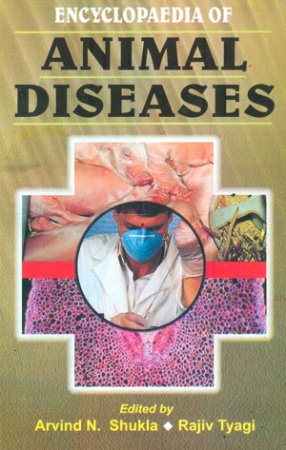
A 'disease' is any impairment of normal physiological function affecting all or part of an organism, especially a specific pathological change caused by infection, stress etc., producing characteristic symptoms. As such disease is a condition of the body or a part of it in which functions are disturbed or deranged. A disease may be caused by excess or deficiency or absence or a force. The disease causing biological agents are called parasites and their study is ...



Phylum Arthropoda (Gr. Arthros=joint; pods=foot) contains the great majority of the known animals, about one million species, and many of them are enormously abundant as individuals. It includes such common and well-known forms as the crabs, shrimps, insects, spiders, scorpions, ticks, centipedes, as well as a host of other less familiar forms. The Crustacea, Arachnida and Insecta are kept under an independent group, the Arthropoda.Arthropoda are triploblastic, ...

Protozoa, simplest in structure, are the most primitive or first animals of nature. They are heterogeneous assemblage of some 50,000 a cellular or single cell organisms possessing typical (eukaryote) membrane bound cellular organelles. These are commensal, mutualistics, and many parasitic species. The great majority of protozoa are microscopic.This work in three volumes provides encyclopaedic information on the phylum Protozoa. General characters and ...

Members of the phylum Mollusca are among the most conspicuous invertebrates and include such familiar forms as clams, oysters, squids, octopods and snails. During the last 18th and 19th centuries, when natural history occupied the time of many well to do gentlemen, shell collections, often containing species gathered from various parts of the world, have contributed considerably to our knowledge of the phylum. In abundance of species, molluscs comprise the ...

Biotechnology is a multidisciplinary field which has been considered in several National Development Programmes as one of the strategic areas, involving edge technologies and promoting new bio-industries as source of a considerable amount of new products with high impact in agriculture, the food and chemical industry and also in the health sector. Among the various subfields with biotechnology, the one dealing with environmental issues is currently one of the ...

The present title "Biotechnology of Plant Tissues" has been designed for all those under-graduates, post-graduates and technicians who wish to know and use the principles and techniques of modern biotechnology. This text provides the essential knowledge of the core processes involved in the cultivation of plant cells and tissues enabling the readers to understand the practical application of these techniques. Chapters like preparation of Protoplasts, ...

The present title "Crop Biotechnology" has been written for undergraduate, post-graduate, researchers, expert and novices alike to provide a basic orientation in the regulatory process for crop biotechnology. Regulatory and environmental considerations are of the utmost importance in the safety evaluation of either biotherapeutic agents or genetically engineered food crops. The aim of this present title is to provide enough information and examples to ...

The present title "Plant Product Biotechnology" focus on new biotechnological process to expand and develop a range of products that originate from plants. As a result of the growing understanding of the process involved, biotechnology is also helping to reduce any adverse impact on the environment. The present title provides a comprehensive review of specialist research directed towards efficient and environmentally sensitive use of plants. The whole ...
